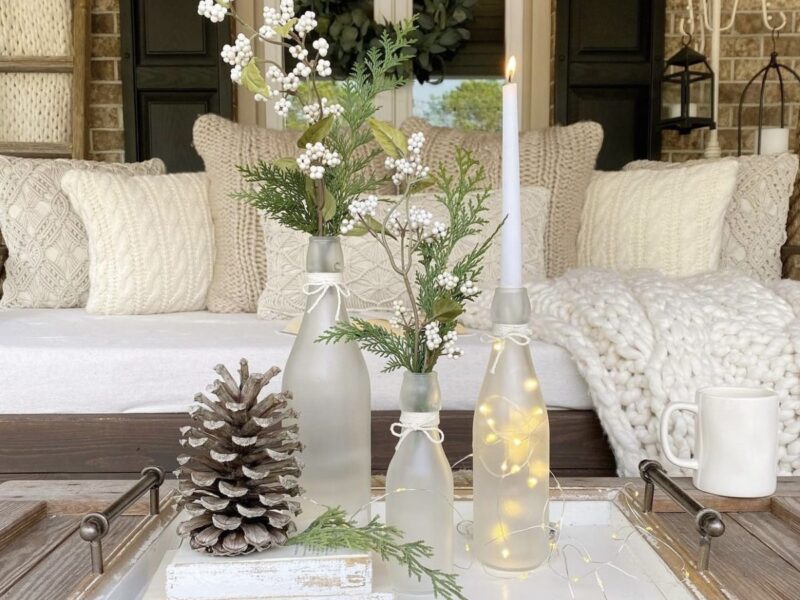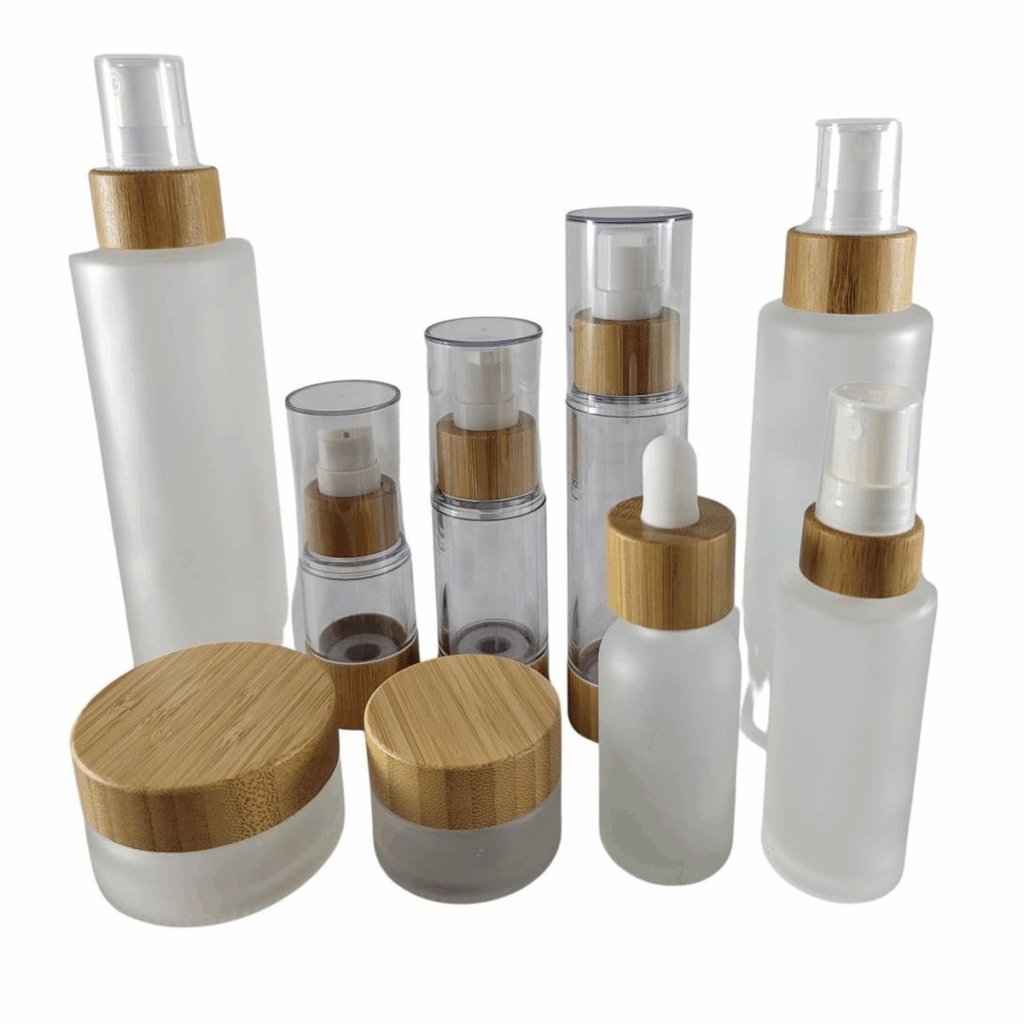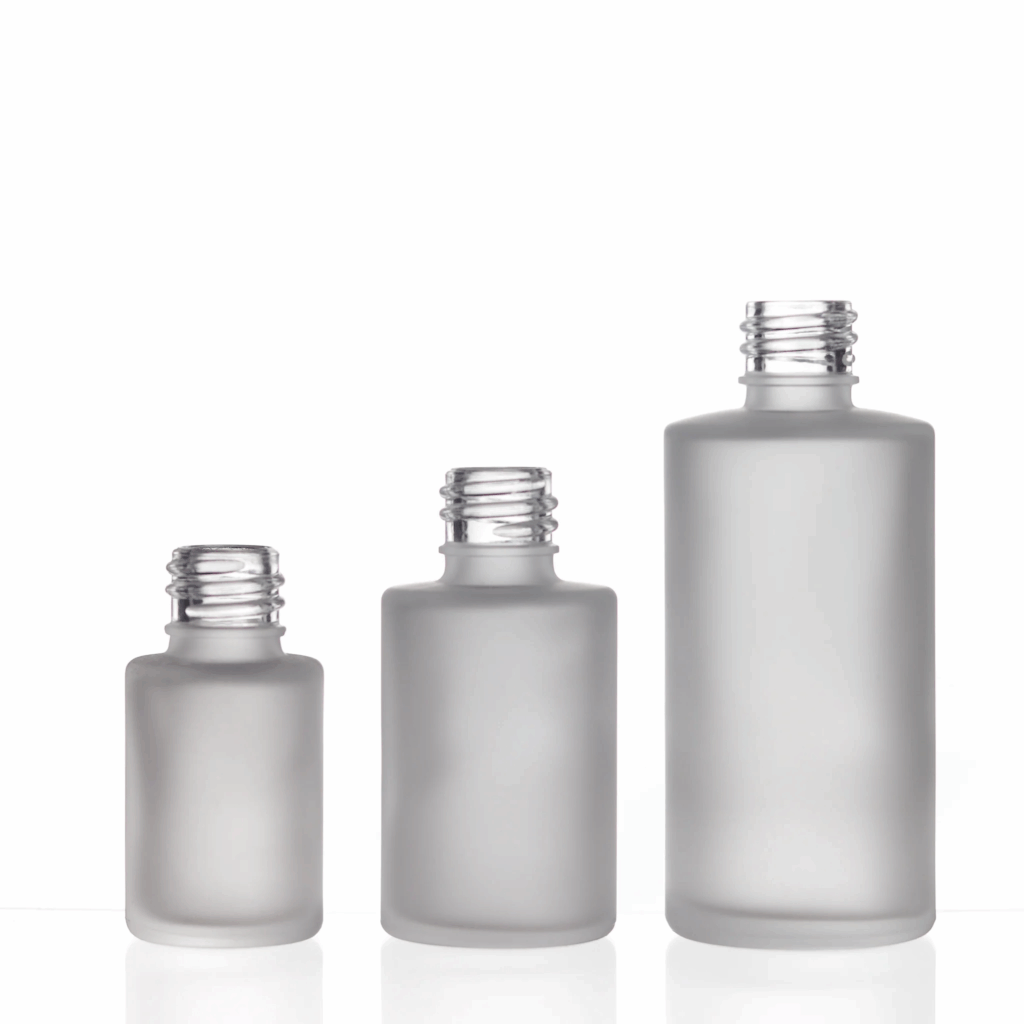
In the realm of high-end packaging, there are few items that convey the same feeling of class and elegance as frosted glasses. It is used to package premium spirits, exquisite fragrances, or premium beverages the frosted glass bottles have been able to establish themselves as a sign of distinction and craft. Valiant Packaging, a leading maker of top-quality glass bottles used in the spirit business, is on the forefront of this new trend and offers a wide selection of environmentally sustainable packaging options.
Meet the Dream Team at Valiant Packaging
Valiant Packaging has built a name for itself as a premium manufacturer that specializes in premium glass bottles, especially for the spirit industry. In a spirit of quality and sustainability The company creates packaging solutions that satisfy the constantly changing requirements of their customers. Through offering customized glass bottles that range from the traditional and contemporary styles, Valiant Packaging ensures that every bottle that it designs represents the unique brand’s identity and is distinctive on the market.
Founder’s Note
In Valiant Packaging, precision, workmanship, as well as environmental responsibility are the core values of Valiant Packaging. They are evident through the utilization of modern production techniques to create the highest quality glass containers that are sturdy and visually striking. From top spirits to wine as well as other drinks Valiant Packaging is dedicated to making packaging that is in line with the very highest standards for style and quality.

CEO: Dean Fan
Dean Fan, the CEO of Valiant Packaging, has led Valiant Packaging’s business with a focus in providing top solutions for glass packaging. Under his direction Valiant Packaging has expanded dramatically, constantly responding to the ever-changing requirements of the market.
History and Evolution of Frosted Glass Bottles
Frosted glass bottles can be described as a creation that has evolved over the course of time through glassmaking. The soft matte appearance offers visual attractiveness and a tactile sensation which is sought-after in packaging, specifically for expensive objects. For a better understanding of the value of frosted glass today’s market, it is necessary to look into the background of its creation.
Early Glassmaking Techniques
The practice of making glass dates from the beginning of Egypt when glassmakers first attempted to create glass items in the year 1,500 BCE. The first glass objects were usually tiny, like amulets and beads, however in time, glassmakers discovered methods to create larger containers. Early glass pieces are, however, typically transparent and polished. They were not the polished glass we have now.
In the first century AD by the 1st century AD, the Romans were mastering the art of glassblowing which enabled the manufacture of glass bottles that could be mass-produced. The first bottles, which were usually used for storage or ornamental reasons they were shiny and smooth with no frosted appearance.

The Rise of Frosted Glass in the 19th Century
The method of frosting glass is a process of scratching or sandblasting on the glass’s surface in order to give it a matte appearance was first discovered in the late 19th century. The initial use was for decoration on glassware, the frosted look soon was introduced to bottles and bottles, especially those in top product categories, such as alcohol and perfumes.
When the process for frosted glass was refined and popular, it became a hit in both Europe as well as North America. Sandblasting is a technique designed to give smooth, uniform texture on glass, creating the distinctive silky, supple appearance. In the 20th century, glass frosted bottles were made to be used in high-end items such as alcohol and perfumes.
Post-World War II Innovation
Following World War II, the glass industry experienced massive technological improvements as the frosted glass bottles were associated with the highest quality. Companies in the spirit and cosmetics sectors utilized glass bottles that were frosted to communicate a feeling of exclusive quality and luxury. These bottles are often utilized to sell perfumes, high-end liquors as well as other luxury merchandise.
In the second portion in the second half of 20th century the frosted glass bottle grew in recognition for its distinct appearance and texture, indicating quality to customers. With the advancement of glassmaking technologies and the designs were improved, so too did the options for glass bottles frosted that featured intricate designs as well as bright colors appearing.

Detailed Process of Making Frosted Glass Bottles
The manufacturing process for frosty glass bottles is a complex blend of technology and craftsmanship. There are several crucial steps starting from raw glass fabrication through the finalization, making sure that the final item is in the top range of excellence.
Step 1: Raw Glass Production
The production of glasses with frosted coating begins by making raw glass. Glass is created through heating a combination consisting of silica sand and soda limestone, and ash to temperatures that are around 1,700 degrees Celsius. The resultant molten glass is then formed into bottles by traditional glassblowing and modern mold techniques.
The glass’s quality during this phase is vital for the final result of the bottle that has been frosted. Glass must be crystal clear and free of defects in order for a smooth and even finish at the end of the process of frosting.
Step 2: Sandblasting or Acid Etching
When the bottle has been constructed and then cooled, it is subjected to the process of frosting. Two main methods are employed to produce an effect of frosting in glass bottle: sandblasting or acid Etching.
- Sandblasting The method involves blasting the glass’s surface glass using fine pieces of sand using the pressure of a high. Sand particles form small abrasions to the glass’s surface which scatter light, creating the matte appearance that glass with a frosted finish is renowned for.
- Acid Etching Acid Etching employs an acidic solution that is typically hydrofluoric acid to take off just a small layer of glass to create smooth, glossy surface. The technique is typically employed to create more intricate and complex designs on the glass’s surface.
Both processes give the distinctive frosty glass look, however Sandblasting is the preferred method due to its controllable texture. acid etching can provide finer detail within the design.

Step 3: Customization and Decoration
After being frosted, the glass bottles are able to be personalized. For example, you can etch or emboss brands, logos or any other design directly on the bottle. The customization options contain color coatings. These are where the bottle can be coated or spray-painted in colors to provide both visual appeal as well as UV protection for the contents within.
The labels and graphic designs can be printed on glass bottles with techniques including screen printing and heat transfer. This lets companies to express their brand’s identity with a style that is compatible with the surface of the frosted.
Step 4: Quality Control and Packaging
When the bottles are custom-designed, they are subject to stringent quality control tests to make sure they are built to the very highest quality of workmanship. The bottles that don’t comply with the requirements are removed. Following the quality check The bottles are then wrapped for shipping to clients.

Consumer Trends and Market Demands
Recently there’s been a major trend towards eco-friendly packaging within the industry of spirits. Since consumers are becoming more eco aware, they are attracted to options for packaging which are fashionable and environmentally friendly. Frosted glass bottles made of recyclable materials, can are a perfect fit for this increasing need for sustainable packaging.
The Shift Toward Sustainability
Sustainability is the main factor driving the rise of glass bottles with frosted coatings within the market for premium packaging. Since consumers are looking for goods that are in line with their ideals, the need for sustainable packaging has increased. Glass is completely recyclable and has a smaller carbon footprint than a variety of other packaging materials. This makes it a popular choice for companies looking to reduce the impact on their environment.
In Valiant Packaging, sustainability is an important aspect of the company’s culture. Valiant Packaging uses recycled glass for the manufacturing of its bottles in a variety of ways to reduce consumption and requiring fresh raw material. Its focus on sustainability together with the toughness and elegance of glass that has been frosted is what makes Valiant Packaging a leader in the industry of eco-friendly high-end packaging.

Case Studies of Popular Brands Using Frosted Glass Bottles
Absolut Vodka
Absolut Vodka is a prime illustration of a brand which is embracing frosty glass as a major component to its product packaging. Absolut Vodka’s glass bottles with frosted finish are easily identifiable and are associated with quality and luxury. Frosted finish adds to the quality of the bottle and makes it an ideal option for those who appreciate the aesthetics as well as craftsmanship.
Grey Goose
Grey Goose, another major market player in the world of spirits is also using glasses with frosted glass to enhance the image of their premium vodka. Frosted glass enhances the luxury of the product and reinforces Grey Goose’s commitment to excellence. A sleek appearance and glass-like packaging helps Grey Goose make an impact in the market and attracts those who want a luxurious drink enjoyment.

The Environmental Impact of Glass Packaging
With the growing number of people becoming green The glass packaging market has been evolving to meet the growing demand for environmentally friendly materials. Glass, which is 100% recyclable, provides substantial environmental advantages over different packaging materials like aluminum and plastic. If properly recycled glass, it can be used for a long time without losing value or quality, which makes glass one of the most environmentally friendly packaging alternatives accessible.
Conclusion: The Future of Frosted Glass Bottles
The future of glass frosted bottles appears promising, with the increasing demand for high-end eco-friendly packaging continues increase. Through innovative production and design, firms such as Valiant Packaging are leading the path to provide high-quality, sustainable packaging products that not solely meet the requirements of consumers today, but aid in a green future.
Frosted glass bottles are set to play a significant part in the spirit and beverage industry, helping companies communicate luxury, high-end and a sense of environmental responsibility their consumers. With the changing tastes of consumers their preferences, the flexibility and sophistication of frosted glass makes it an unbeatable choice in high-end packaging options.

